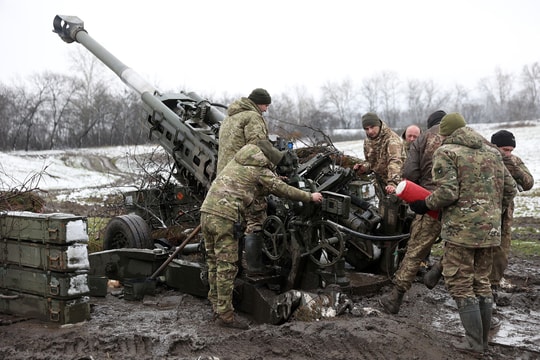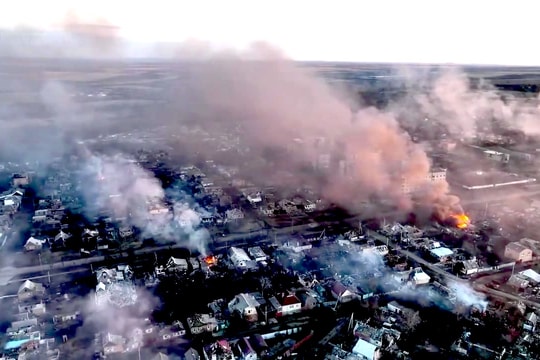Eastern Ukraine tensions: Fears of a military conflict
Why have tensions in eastern Ukraine escalated so severely and what is the bottleneck that has kept the peace process in this region "at a standstill"?
Russia's annexation of Crimea in 2014 sparked the most tense standoff between Russia and the West since the Cold War, and a buildup of Russian forces on the border with Ukraine has raised concerns that the two sides could be drawn into a military conflict.
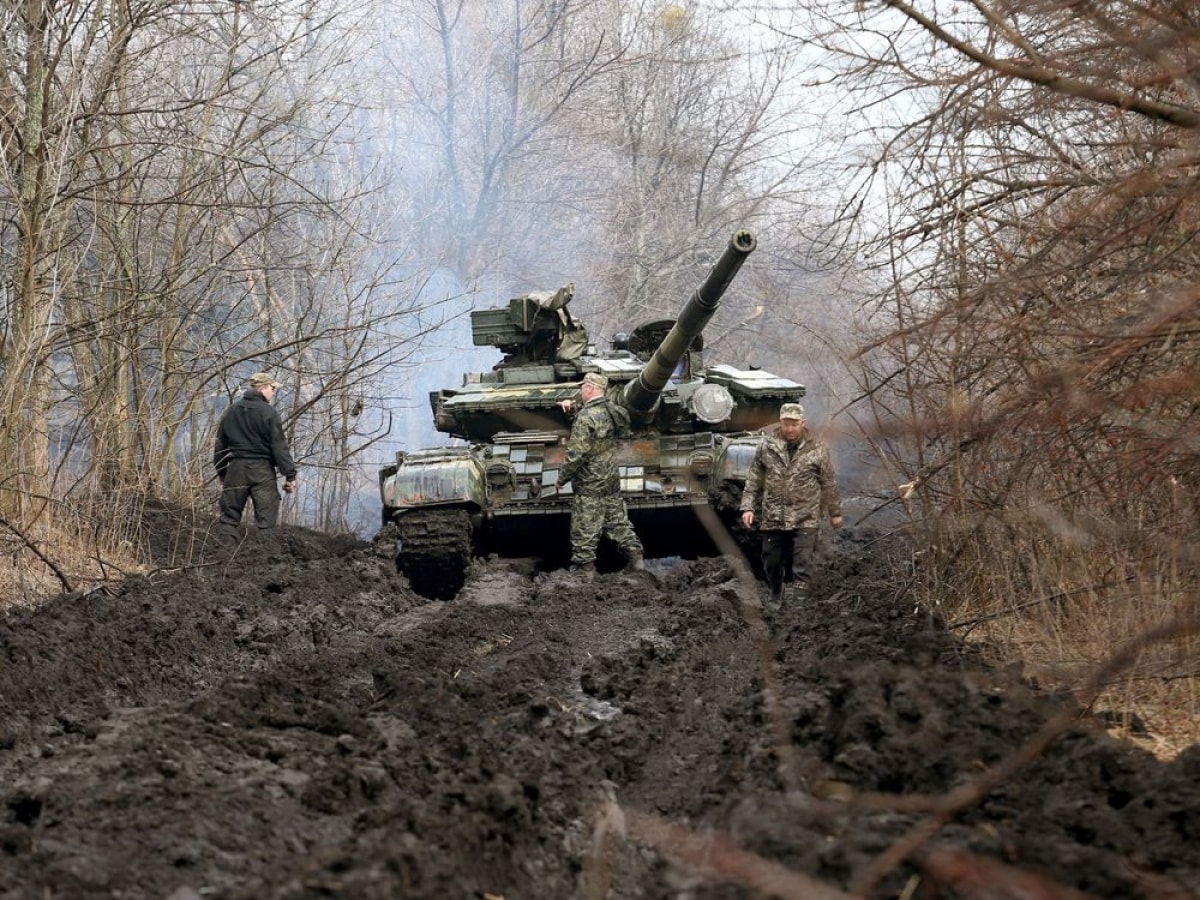 |
| Ukrainian servicemen and a tank in Lysychansk, eastern Ukraine on April 7. Photo: AFP |
Why are tensions in eastern Ukraine escalating?
Russia's buildup of forces in Crimea and the border with Ukraine has raised concerns after fighting between separatists and Ukrainian troops in the east of the country escalated. The Ukrainian government also denied Russia's accusations when Moscow said Kiev was planning a new attack.
Some analysts say Putin is testing the Biden administration or trying to send a tougher warning to Ukraine, which has seen Ukrainian President Volodymyr Zelensky take a tough step in shutting down pro-Russian television stations.
A 2015 peace deal ended the bloodiest fighting in a seven-year conflict that killed 13,000 people. But its terms have never been fully implemented and have sometimes been derailed. A question dominating the conflict is whether Ukraine is heading east or west.
Some called for a complete break with the Soviet past after former President Viktor Yanukovych was ousted in 2014. But Russia then annexed Crimea and backed forces in eastern Ukraine, arguing that Moscow must protect Russian speakers wherever they are. President Putin also opposes Ukraine’s long-term goals, including joining the European Union and NATO.
Stuck point in Ukraine peace deal
Although President Zelensky came to power promising to bring lasting peace to eastern Ukraine, he has little chance of doing so. The Kremlin wants the region to have a veto over major changes in Ukraine, such as joining the West. However, giving the region such power would be political suicide for Zelensky, when the Ukrainian president is struggling to deal with the Covid-19 pandemic as well as fulfilling other commitments such as curbing corruption.
Meanwhile, President Putin has repeatedly stated that he sees Ukraine’s ambitions to join NATO as an existential threat and that there is no reason to give in on the issue. Miscalculations by either side could spark uncontrollable fighting in eastern Ukraine.
Western reaction
The US is increasingly concerned about Russia's military buildup along the Ukrainian border as the country's president has personally visited the eastern frontline.
According to White House spokeswoman Jen Psaki, the number of Russian troops on the border with Ukraine is now larger than "at any time since 2014" when war in eastern Ukraine first broke out and Russia annexed Crimea.
"The United States is increasingly concerned by the recent escalation of tensions in eastern Ukraine, including Russian military activity along the Ukrainian border. These are deeply troubling signs."
German Chancellor Angela Merkel also called on Russia on April 8 to reduce the number of troops. In a phone call with Russian President Putin, Merkel urged him to reduce the military buildup at the border to "reduce tensions".
Along with France and Germany, Ukraine and Russia are part of the Normandy Four grouping aimed at finding ways to resolve the conflict, but these efforts have failed.
Ukraine's Western allies have repeatedly warned Russia not to take further actions that would escalate tensions. The Kremlin has not denied military moves but has insisted that Moscow "does not threaten anyone"./.

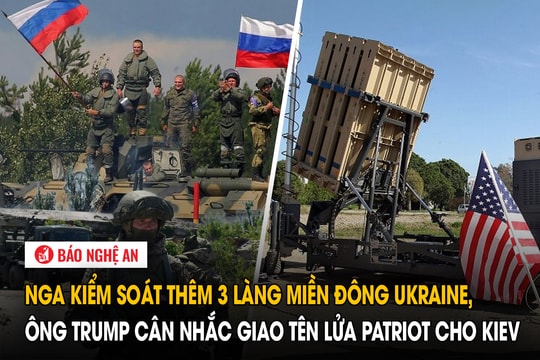
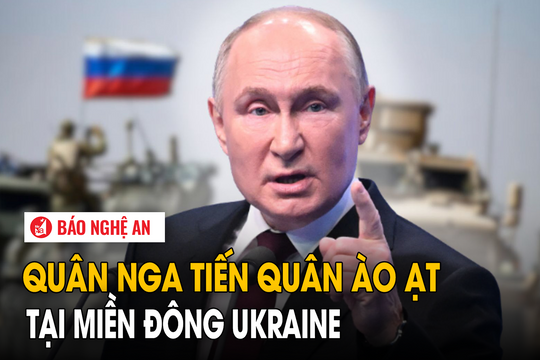
.jpg)

